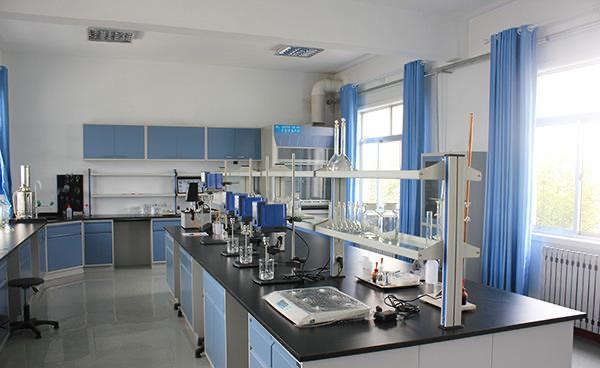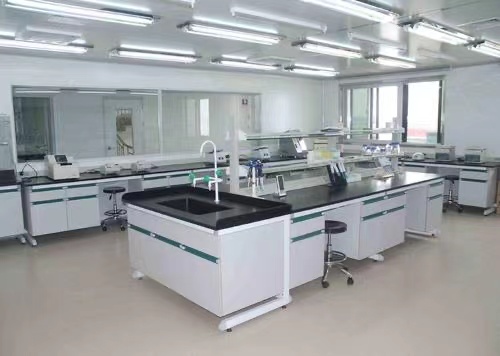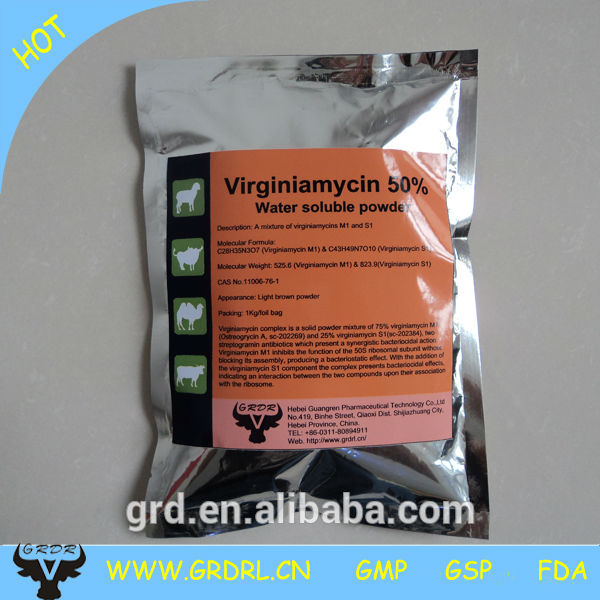Virginiamycin has good stability, and its titer remains unchanged for 3 years at room temperature. When added to feed, it can be edible stabilizer after crushing, mixing, high temperature (70~90℃), steaming, and granulating for about 30min. It can be stored in broiler feed for more than 6 months. The carrier of the premix can be calcium carbonate, broken rice bran (containing 2% oil for dust removal), soybean meal, corn meal, etc. When there is a lot of fish meal in the feed, the general antibiotics are destroyed quickly (chlortetracycline decreases by 20% to 40% in 6 months), while the potency of virginiamycin is basically not stored in the high protein feed containing fish meal for 6 months. change. The Ministry of Agriculture stipulates that the amount of feed for chickens under 16 weeks of age is 2~5mg/kg; for pigs it is 10-20mg/kg. The withdrawal period of pigs and chickens was reduced by 1d. Laying hens
- Online pavilions:
- Veterinary medicines
- Veterinary raw materials
- Other
- Asia
- America
- medical instruments








